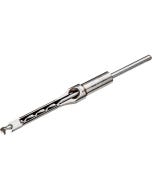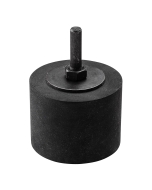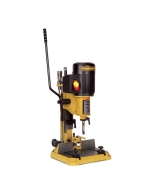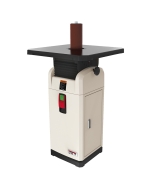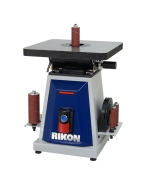Mortising and Sanding with a Drill Press?
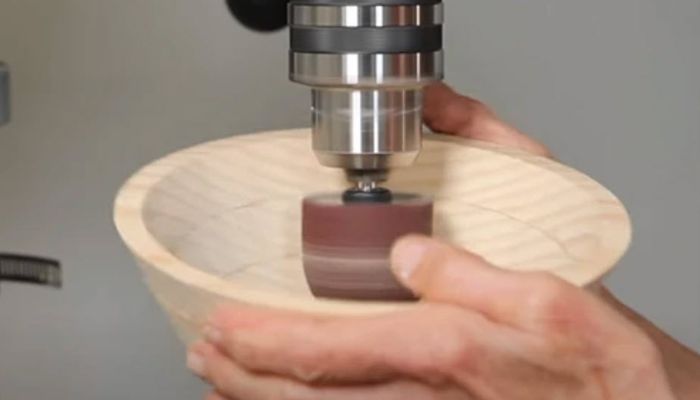
A drill press is a handy tool in part because it can be rigged up to double as a mortise machine or stand in for a spindle sander. Are there any drawbacks?
Can you use a drill press as a mortiser or as a spindle sander. Would they be any good for the task?
Ian Kirby: Is a donkey any good if you need a racehorse? Cutting a square hole with a hollow chisel is only one feature of a mortise machine. Other vital features include holding the workpiece on a cross-saddle and slide system enabling it to be correctly positioned in the first place. The holding method ensures that the chisel can easily be retracted after each pass. The parts of the machine are designed and engineered so that considerable force can be applied to make the cut. The drill press has none of those features.
There are equally valid reasons why the drill press makes for a second rate spindle sander.
Ellis Walentine: This is another question of relative usefulness. Relative to the tasks you have in mind, these devices might be adequate, but they will never have the capabilities of dedicated machines. Keep in mind that small drill presses are designed for the principal task of driving a drill bit in a straight line downward. When you start subjecting them to excessive downward force, as with a mortising attachment, or to side thrust, as with a sanding drum, you're pushing the limits of the machine. Depending on how much or how hard you use these attachments you may find that the quill bearings and other parts wear out more quickly. You just have to limit your expectations.
Rick White: Yes, I use my drill press for both operations all the time. The advantage of the drill press with a mortise bit is that you can often cut a mortise in a much thicker board than you would with your average mortise machine. Because I can drop the table on the press, I can get more clearance, and that's a plus.
As a spindle sander, the drill press will also work. There are a lot of new accessories out there to mimic the action of a spindle sander on your drill press and they work fine. There's even a new one that will add oscillation to the sanding action. Will it be as good as a dedicated spindle sander? Probably not, but it will work.
In other words: Yes, you can make a drill press do things other than drill holes; it just won't do them as well or for as long.
Of course, not everyone can afford a dedicated machine for every specialized operation under the sun. And if you don't cut mortises or sand curves very often, there might be better places to put your money. In that case, buying a set of sanding drums or the optional mortising attachment available for manydrill presses might make the most sense.
On the other hand, if you find yourself cranking out mortises by the dozen or frequently having to install and un-install your mortising attachment, it may time to consider a dedicated mortising machine. You'll find quite a range, beginning in less-than 200 dollar neighborhood, on up to Jet model husky enough for an industrial shop.
A spindle sander might not be the first thing you think of when you're setting up shop, but it's awfully handy tool just the same. And as mentioned above, a spindle sander has a few important advantages over a drill press mounted drum sander. The oscillating motion helps the abrasive wear more evenly, prevents heat build-up, and keeps continuous straight scratched from being sanded into the surface of the wood. Along with that, a spindle sander will give you more sanding height, and most importantly, is built to withstand continued lateral pressure against the sanding drum.
Finally, a spindle sander and a mortising machine share one very useful feature: They’ll both help keep your drill press in good condition and ready to set up for what it does best.
Keep the inspiration coming!
Subscribe to our newsletter for more woodworking tips and tricks
